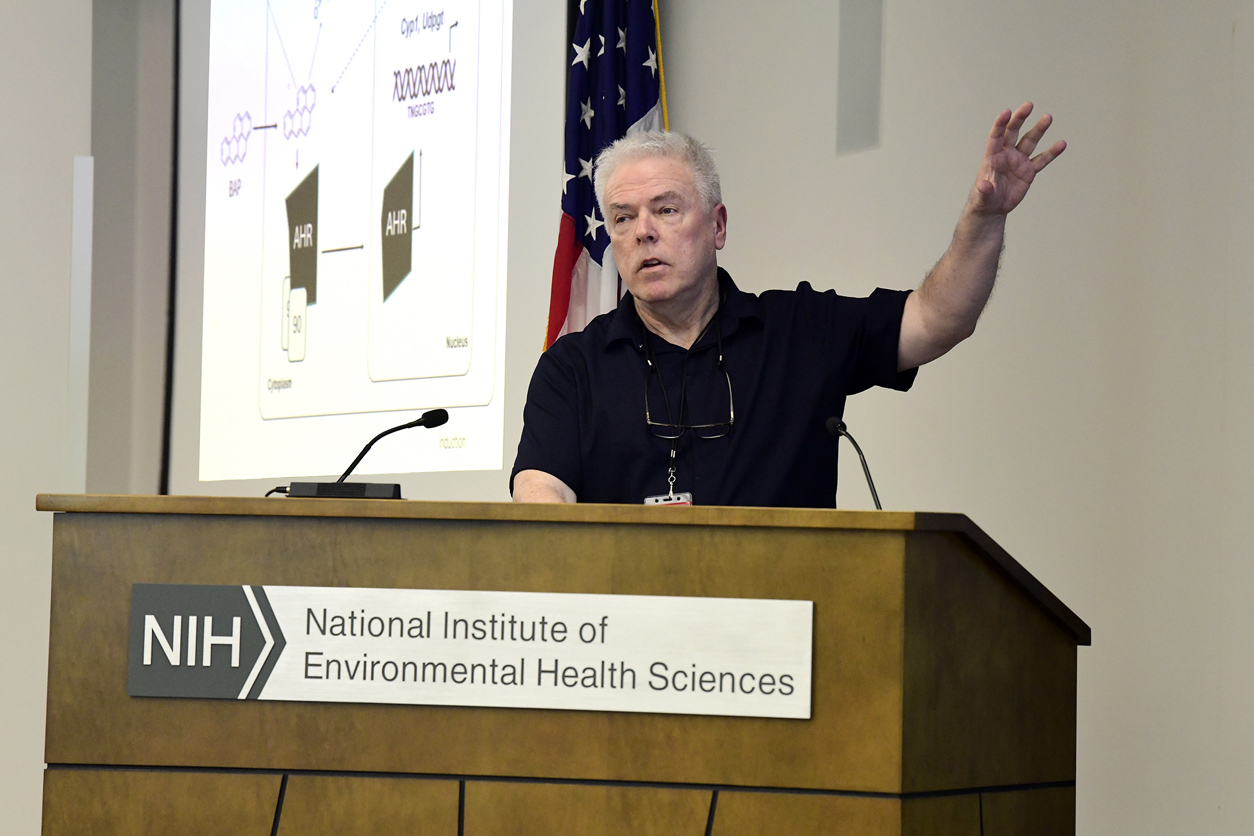Pigs hoover up New Forest acorn glut with new bin rules in place – BBC

Report on Ecosystem Management and Waste System Integration in the New Forest
Advancing SDG 15: Life on Land through Traditional Ecological Practices
A traditional ecosystem management practice, known as pannage, has commenced in the New Forest. This initiative directly supports the objectives of Sustainable Development Goal 15 (Life on Land) by utilizing natural processes to maintain the health and biodiversity of the local environment.
- Hundreds of pigs have been released into the forest to forage on fallen acorns, beech mast, and chestnuts.
- Primary Objective: The primary goal is to remove acorns, which are poisonous to the free-roaming ponies and cattle that are integral to the New Forest ecosystem.
- Contribution to SDG 15 Targets:
- Target 15.1 (Sustainable Use of Terrestrial Ecosystems): Pannage represents a sustainable, long-standing method of forest management, leveraging the natural behaviour of pigs, owned by New Forest Commoners with ancient rights, to protect other species.
- Target 15.5 (Protect Biodiversity): By preventing the poisoning of ponies and cattle, the practice is a direct action to halt biodiversity loss and protect the unique fauna of this protected landscape.
- The current season is scheduled to run until 28 November, with a possible extension to manage an anticipated heavy acorn crop, demonstrating an adaptive approach to ecosystem stewardship.
Integrating Modern Waste Management with Conservation Efforts (SDG 11 & SDG 12)
The pannage season coincides with the recent implementation of a new municipal waste collection system. This development presents challenges and opportunities for aligning modern infrastructure with conservation goals, touching upon SDG 11 (Sustainable Cities and Communities) and SDG 12 (Responsible Consumption and Production).
- A new system of wheelie bins and plastic food waste caddies was introduced in April to improve waste management, in line with SDG 12.5 (Substantially reduce waste generation).
- Challenges Encountered:
- Local fauna, including ponies and donkeys, have been observed targeting the new waste bins.
- There is a risk of the foraging pigs accessing food waste, which could lead to the spread of disease.
- Adaptive Measures for Sustainable Coexistence: To mitigate these risks, collection rules have been modified. Residents have been instructed to place food waste containers behind gates and cattle grids to prevent access by both free-roaming and pannage animals.
- Alignment with SDG 11 and SDG 12: This adjustment demonstrates a commitment to SDG 11.4 (Protect Cultural and Natural Heritage) by ensuring modern systems do not disrupt the traditional practice of pannage or harm the local animal populations. It highlights the necessity of creating integrated solutions that support both responsible production/consumption patterns and the protection of unique natural habitats.
Sustainable Development Goals (SDGs) Addressed in the Article
-
SDG 15: Life on Land
- The article directly addresses the protection and sustainable management of a terrestrial ecosystem, the New Forest. The practice of “pannage,” where pigs are released to eat acorns poisonous to other animals, is a clear example of managing biodiversity and the interactions between different species (pigs, ponies, cattle) to maintain the health of the ecosystem. This action aims to protect the free-roaming ponies and cattle, thus conserving local biodiversity.
-
SDG 12: Responsible Consumption and Production
- The introduction of a “new waste collection system” including “plastic food containers and wheelie bins” and “food waste caddies” relates to sustainable waste management, which is a core component of this goal. The article highlights the challenges of implementing such systems in an area with free-roaming wildlife, linking production and consumption patterns (specifically waste generation) to their environmental impact.
-
SDG 11: Sustainable Cities and Communities
- This goal is relevant as the article discusses how a local community (residents of the New Forest) is adapting its municipal services to coexist with the natural environment. The change in “collection rules for some households” to prevent animals from accessing food waste is a direct measure to reduce the adverse environmental impact of a settlement on its surrounding ecosystem, specifically addressing municipal waste management.
Specific SDG Targets Identified
-
Target 15.5: Take urgent and significant action to reduce the degradation of natural habitats, halt the loss of biodiversity and, by 2020, protect and prevent the extinction of threatened species.
- The article describes a specific action—releasing pigs to eat fallen acorns—taken to protect the free-roaming ponies and cattle from being poisoned. This is a direct measure to protect local animal populations and maintain the biodiversity of the New Forest.
-
Target 15.1: By 2020, ensure the conservation, restoration and sustainable use of terrestrial and inland freshwater ecosystems and their services, in particular forests…
- Pannage is described as an ancient practice used by “New Forest Commoners.” This represents a form of sustainable use and management of the forest ecosystem, leveraging a natural process to maintain its health and the well-being of its inhabitants.
-
Target 12.5: By 2030, substantially reduce waste generation through prevention, reduction, recycling and reuse.
- The “rollout of wheelie bins and food waste caddies” is a practical step towards better waste management. By separating food waste, the community is participating in a system designed to reduce the amount of waste sent to landfills, aligning with the goal of substantial waste reduction.
-
Target 11.6: By 2030, reduce the adverse per capita environmental impact of cities, including by paying special attention to air quality and municipal and other waste management.
- The article highlights the need to adapt municipal waste management to local conditions. The change in rules requiring residents to place food waste containers behind gates on bin day is a specific adaptation to reduce the negative environmental impact of waste collection, such as the risk of disease spreading from contaminated food accessed by wildlife.
Indicators for Measuring Progress
-
Health and population stability of local wildlife (ponies and cattle)
- The primary purpose of pannage is to prevent ponies and cattle from being poisoned by acorns. An implied indicator of success for Target 15.5 would be a reduction or absence of poisoning incidents among these animals during the acorn season.
-
Implementation of sustainable ecosystem management practices
- The continuation and potential extension of the pannage season (“It runs until 28 November but could be extended”) serves as an indicator for Target 15.1. The successful execution of this practice demonstrates the active, sustainable management of the forest ecosystem.
-
Adoption and adaptation of municipal waste collection systems
- The article explicitly mentions the “rollout of wheelie bins and food waste caddies” and the subsequent change in “collection rules.” These actions are direct, measurable indicators related to Targets 12.5 and 11.6. Progress could be measured by the rate of adoption of the new system by residents and the effectiveness of the adapted rules in preventing wildlife from accessing waste.
Summary Table: SDGs, Targets, and Indicators
| SDGs | Targets | Indicators |
|---|---|---|
| SDG 15: Life on Land |
|
|
| SDG 12: Responsible Consumption and Production |
|
|
| SDG 11: Sustainable Cities and Communities |
|
|
Source: bbc.com

What is Your Reaction?
 Like
0
Like
0
 Dislike
0
Dislike
0
 Love
0
Love
0
 Funny
0
Funny
0
 Angry
0
Angry
0
 Sad
0
Sad
0
 Wow
0
Wow
0



















































.jpg.webp?itok=0ZsAnae9#)
























